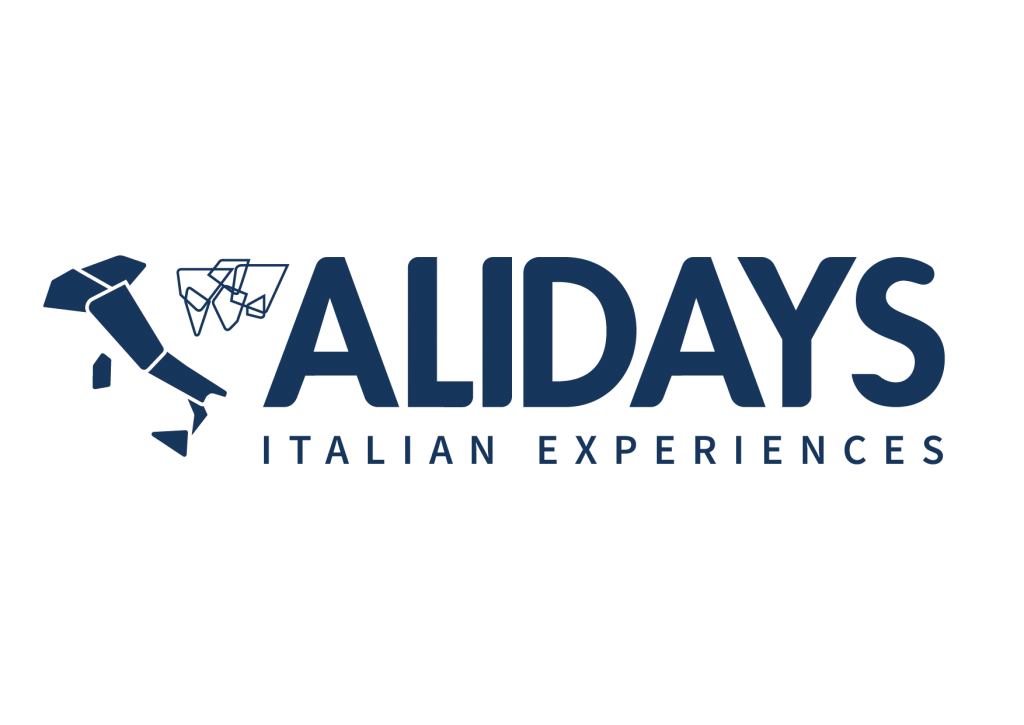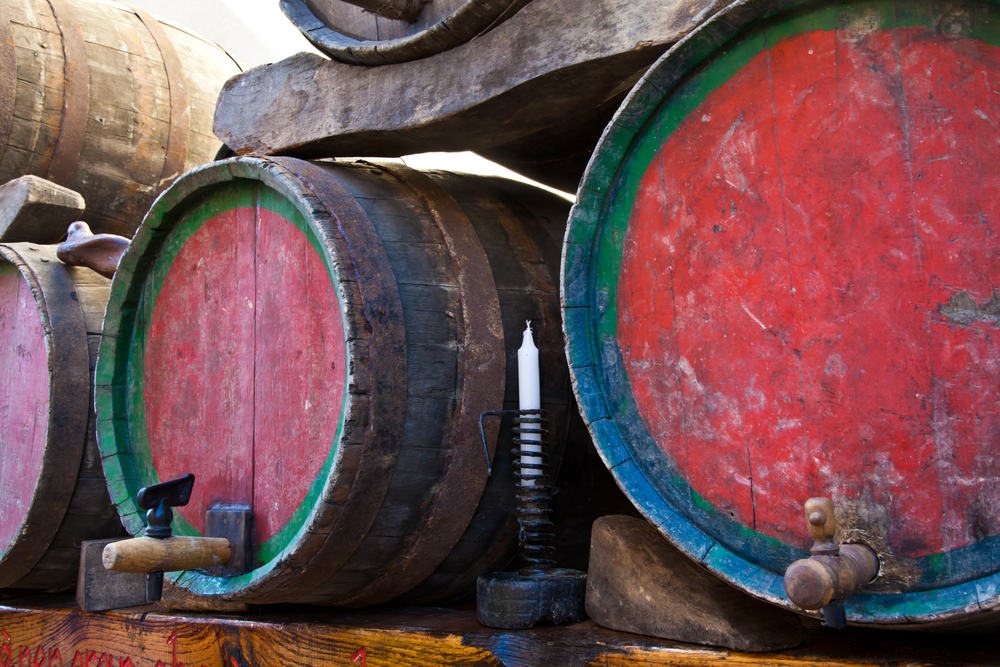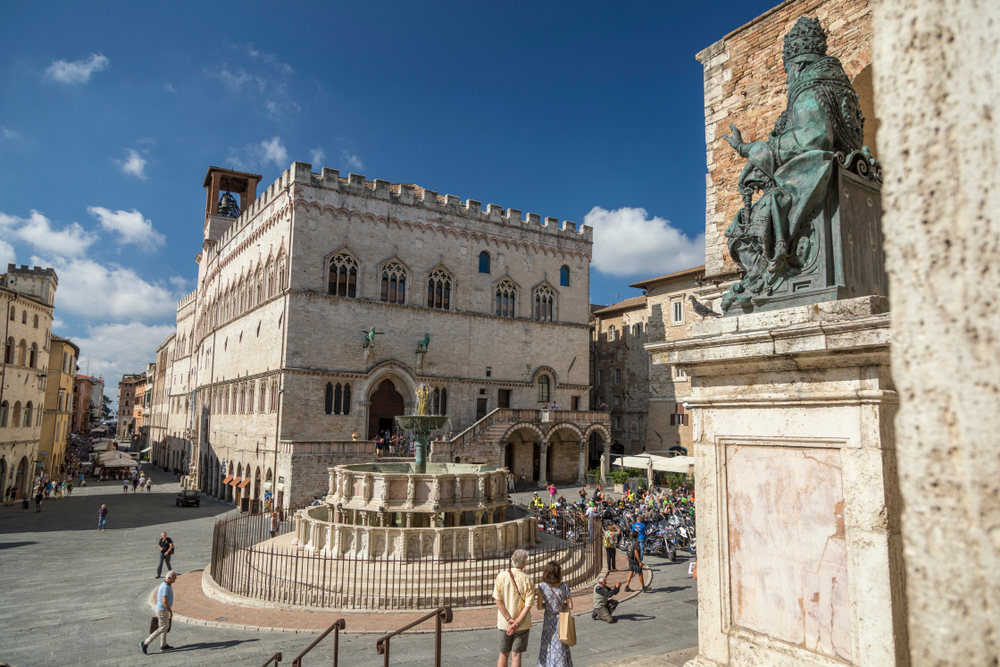Perugia summarizes and exemplifies the salient feature of the Italian urban tradition, namely the uninterrupted continuity housing, which in its case dates back to the 10th century. BC; an era that, thanks to the strategic proximity to the Tiber, gave us the first settlements of what would become one of the most conspicuous Etruscan centers, then an important Roman colony, then again a flourishing free Municipality in the Middle Ages, and lastly a notable artistic-cultural center under the successive noble regencies. The historical cities of the Bel Paese, which slowly grow on themselves, expand and retract, in a constant, almost physiological, “natural” process, never artificially augmenting, like living organisms, where the past does not disappear but it is preserved and continuously rises to the surface. This guided tour allows you to explore the wonderful history of the Umbrian capital, from the most remote origins, with the Etruscan Arch and Porta Marzia, belonging to the primitive walls (IV-III century BC), to the main medieval monuments, gravitating around the central Piazza IV Novembre, such as Palazzo dei Priori, the Cathedral of San Lorenzo and the Fontana Maggiore, famous Gothic masterpieces, up to the imposing Rocca Paolina, built in the 16th century by Pope Paul III, a reference to the era of papal power . Another essential feature of Italian cities, especially during the municipal flourishing, was the very close bond, osmotic yet colored by a lively dialectic, entertained with the surrounding rural territory, the “countryside”. Perugia exercised a solid influence between the 11th and 12th centuries on large portions of Umbria, from Gubbio to Trasimeno, from which it drew agricultural resources, including wine: thus, it is not surprising that the tour ends aboard a romantic buggy, for a visit to a prestigious organic and biodynamic winery, to appreciate, once again, how much traditions persist in a context of innovative agriculture, which involves the help of geese and horses (according to the “One Goose Revolution ”) in maintaining the vineyards, and obviously to taste exquisite Umbrian products.


